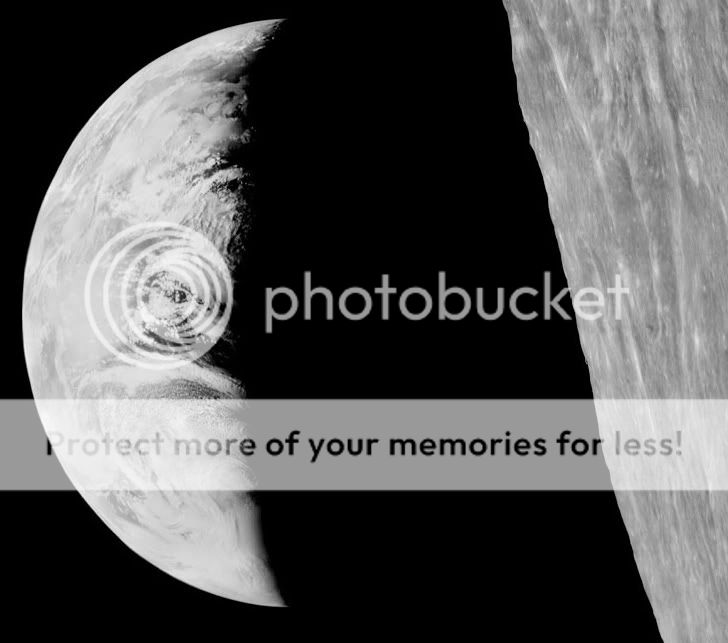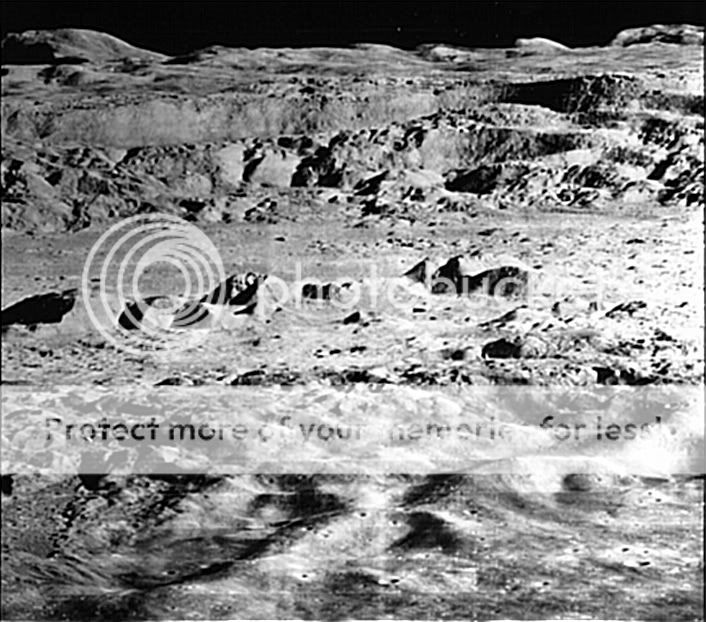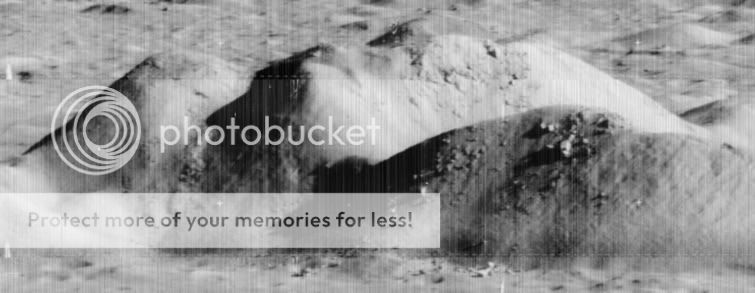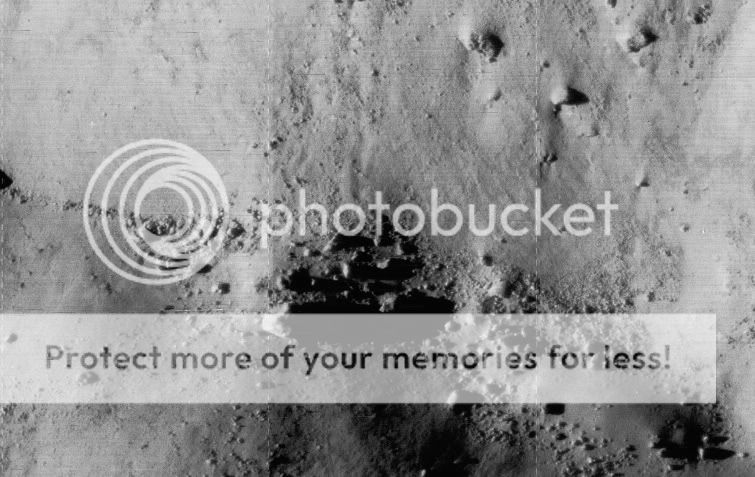3
3488
Guest
This is sometrhing I have been getting more interested in.
NASA Lunar Orbiter Restoration Project. Images from the five pre Apollo Lunar Orbiters are being reread through modern euipment & are being restored. We are actually seeing the quality of what the Lunar Orbiters actually returned for the first time.
It's astonishing, 1960's spacecraft returned imagery of the moon that is almost comparable to the LRO HiRISE. Incredible.
Lunar Orbiter Imagery Restoration Project.
Earthrise Lunar Orbiter 1 full res.

Copernicus Crater Lunar Orbiter 2 . The media dubbed "The Picture of the Century" IMO this is still a classic, one of the finest luner images ever returned from Lunar Orbit.
High res here

Lunar Orbiter 2 restored imagery of the 1,200 metre tall central peaks of Copernicus Crater.
High res here.

Boulders on the central peak of Copernicus Crater Lunar Orbiter 5 full res

A 220 metre wide area at 0.62 North, 24.58 East. Lunar Orbiter 2. Boulders as small as One Metre across can be seen.

Andrew Brown.
NASA Lunar Orbiter Restoration Project. Images from the five pre Apollo Lunar Orbiters are being reread through modern euipment & are being restored. We are actually seeing the quality of what the Lunar Orbiters actually returned for the first time.
It's astonishing, 1960's spacecraft returned imagery of the moon that is almost comparable to the LRO HiRISE. Incredible.
Lunar Orbiter Imagery Restoration Project.
Earthrise Lunar Orbiter 1 full res.

Copernicus Crater Lunar Orbiter 2 . The media dubbed "The Picture of the Century" IMO this is still a classic, one of the finest luner images ever returned from Lunar Orbit.
High res here

Lunar Orbiter 2 restored imagery of the 1,200 metre tall central peaks of Copernicus Crater.
High res here.

Boulders on the central peak of Copernicus Crater Lunar Orbiter 5 full res

A 220 metre wide area at 0.62 North, 24.58 East. Lunar Orbiter 2. Boulders as small as One Metre across can be seen.

Andrew Brown.


